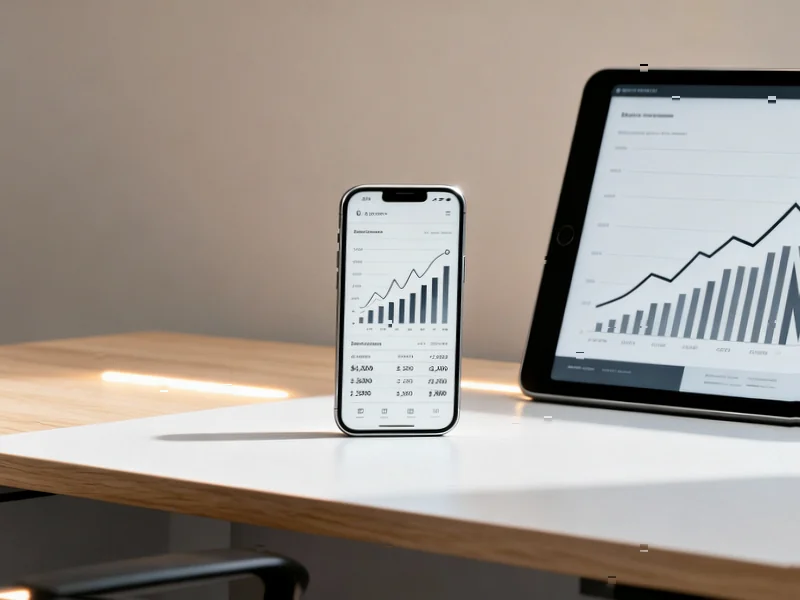According to GSM Arena, Apple reported record financial results for the quarter ending September 27, 2025, with total revenue reaching $102.5 billion, an 8% year-over-year increase. The company achieved several milestones, including iPhone revenue hitting $49.02 billion despite the iPhone 17 series being available for only eight days before the quarter closed. Most notably, Services revenue reached an all-time high of $28.75 billion, while Mac revenue jumped 13% to $8.73 billion without any new product releases. Looking ahead, Apple projects 10-12% revenue growth for the holiday season while facing $1.4 billion in tariff-related costs. This earnings report reveals a company undergoing significant strategic evolution.
Table of Contents
The Services Transformation
Apple’s Services division reaching $28.75 billion represents more than just another quarterly record—it signals a fundamental reorientation of Apple’s business model. When Apple Inc. first launched the App Store in 2008, Services were seen as complementary to hardware sales. Today, they’ve become a strategic anchor providing predictable, high-margin revenue that insulates the company from hardware sales cycles. The App Store ecosystem alone has created an economic engine that generates revenue even when consumers hold onto their devices longer. This shift toward recurring revenue streams mirrors broader industry trends but comes with regulatory scrutiny that could challenge Apple’s 30% commission model.
Hardware Dynamics in Transition
The iPhone’s continued dominance at $49.02 billion masks underlying challenges in Apple’s hardware strategy. The modest 6% growth compared to the iPhone 16 series, coupled with the fact that new models only had eight days of sales, suggests saturation in premium smartphone markets. More telling is the Mac’s 13% revenue increase without new product releases, indicating that Apple’s MacBook Pro and other Mac lines are benefiting from the M-series chip transition’s long tail. The upcoming M5 MacBook Pro’s impact being deferred to Q1 2026 suggests Apple is strategically timing product releases to smooth out revenue across quarters, a practice that could become more common as growth becomes harder to achieve.
Geopolitical Headwinds and Manufacturing Reality
The $1.4 billion tariff cost projection for the holiday season represents a significant new challenge for Apple’s famously efficient supply chain. Located in Cupertino, California, Apple has built one of the most sophisticated global manufacturing networks, but increasing trade tensions threaten this model. These costs will either compress margins or force price increases onto consumers during Apple’s most critical sales period. The company’s ability to navigate these headwinds while maintaining growth projections will test Tim Cook’s legendary supply chain expertise. This comes as Apple continues diversifying production beyond China, a costly and complex process that could take years to fully implement.
The Evolving Competitive Landscape
Apple’s success in Services hasn’t gone unnoticed by competitors. Google, Samsung, and Amazon are all building their own ecosystem plays, while regulatory pressure mounts on Apple’s walled garden approach. The iPhone remains the gateway to Apple’s Services revenue, but competitors are increasingly focused on breaking this linkage through cross-platform services and alternative app distribution methods. Apple’s response—potentially including more aggressive subscription bundles and new service categories—will determine whether Services can continue carrying growth as hardware innovation becomes increasingly incremental.
Long-term Strategic Implications
Looking beyond the quarterly numbers, Apple’s challenge is maintaining its premium positioning while navigating multiple transitions. The company’s latest financial results show a business successfully pivoting toward Services, but this transition brings new dependencies. Services growth ultimately relies on maintaining a large, engaged hardware installed base, creating a delicate balancing act. As Apple enters 2026, investors will watch whether the company can sustain this Services momentum while continuing to justify premium hardware prices in an increasingly competitive and regulated environment.



